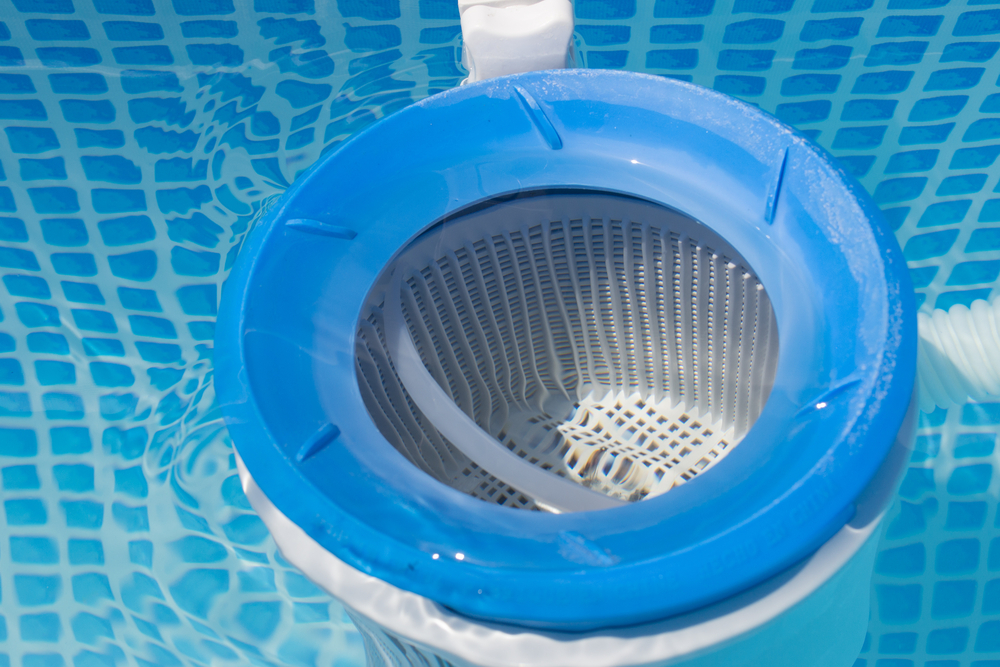Pool filters are an invaluable tool in any pool owner’s toolkit, regardless of the size of the pool in question. For one, they single-handedly make pools safer by sieving out potentially hazardous debris as well as dirt particles that sully the water. If you’re wondering how they accomplish that, you’re in the right place. Below is a simplified overview of how pool filters work:
The Filtration Process
Most home pool filters use sand as the filtering medium and have straightforward filtering processes.
First, there is the inlet phase, where dirty water from the pool enters the filter through its inlet pipe and onto the water distribution head. Then, it is pulled to the bottom of the tank and through the sand by gravitational forces. As the water passes through the sand, debris and dirt particles remain behind as they can’t pass through fine, tightly-packed sand particles. Thus, water that makes it to the pick-up unit and onto the pool through the outlet is clean and mostly clear.
More modern filters use diatomaceous earth and cartridge filters, whose work is slightly different from the sand filters. Diatomaceous earth is typically the powdered remains of marine organisms called diatoms. This powder acts as a sieve for dirt and debris like sand does in the above scenario. On the other hand, cartridge filters use corrugated paper or cloth (usually made from polyester) as a filtering medium. This makes them more effective than the two different filters, and they also utilize less energy and water. However, on the downside, cartridge filters are relatively expensive.
Unblocking Your Filter
Over time, your pool filter will collect so much dirt and debris that it will begin to slow down. This is so common that plenty of pressure gauges in the market are made specifically for monitoring blockages. The subsequent unblocking procedure is known as “backwashing.”
To backwash a sand filter, reverse the pipe connections – connecting the drainage pipe to the inlet and the line from the pump to the outlet. This way, water from the pump will flow through the sand from the opposite direction, pushing out the stuck debris to the sewer through the inlet pipe.
With diatomaceous and cartridge filters, backwashing is not necessary as debris can be easily removed through hosing.
Conclusion
Your pool filter works very hard to keep your pool clean, safe and presentable, and keeping it in top condition should be a priority. However, if you’re unsure of what to do, consider getting a professional to check on the filter once in a while to ensure it’s working as it should be.
Looking to upgrade your backyard swimming pool in Temecula, call us today.

